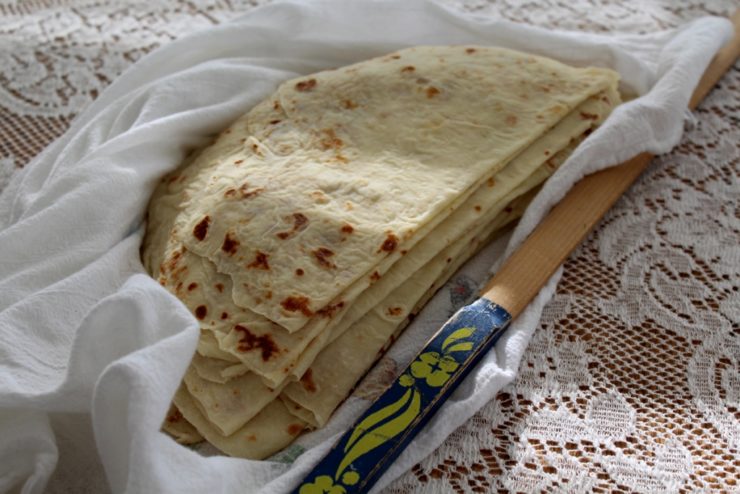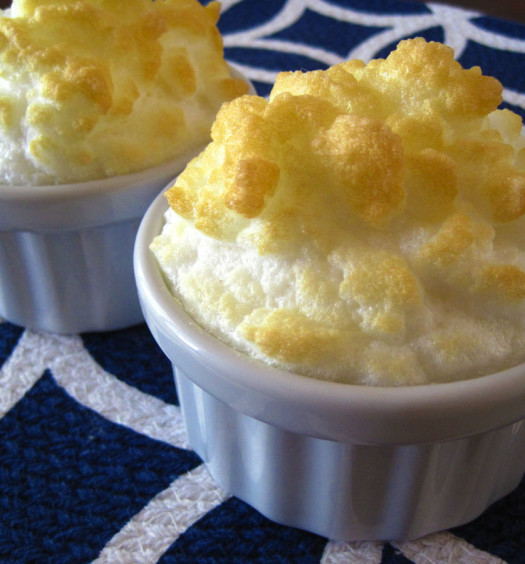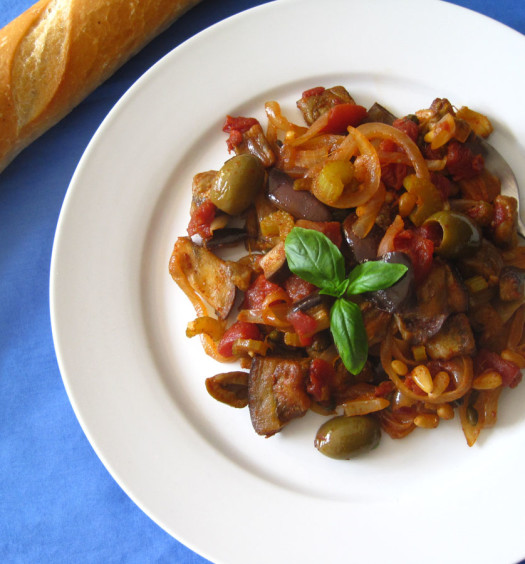Lefse
Lefse- LADL Flowchart Recipe
Origin: Norway
About: Lefse is a Norwegian flatbread made of potatoes or flour and served during the holiday season. A number of variations exist such as Tykklefse, Hardanger lefse, Oatmeal lefse, and Krina lefse. Lefse is prepared by being cut in fourths and rolled-up with butter, cinnamon and sugar. In addition, other condiments can include ligonberries, gomme, peanut butter, ham and eggs, lutefisk (preserved cod), or served with Rommegrot.
The history of lefse is touched on in Cooking Lessons: The Politics of Gender and Food by Sherrie Inness. In the mid-1700s, Norway started cultivating potatoes which soon became a common replacement for flour. Families would often depend on the nutrients in potatoes and make enough lefse to last year round and through hard times. With the immigration of Scandinavians to the American upper Midwest in the mid-1800s, lefse and lutefisk became culinary cultural reminders for the homesteaders.
In an interesting turn of events, lefse and lutefisk are still abundant in Norwegian American communities while becoming a rarity in modern Norway. Most Norwegian American families are proud of their heritage and continue to serve these foods during holidays or community events. The popularity has even lead to easy-microwave products in grocery stores. For instance, Norsland has a factory in Rushford, Minnesota that produces about a half million rounds of lefse each year.
Lefsa makers have traditionally used special tools during the cooking process. A square cut rolling pin is used to roll the dough into thin pie-size pieces, usually on a pastry board with cloth. The turning stick is then used to move the dough to the griddle and flipped when it is light brown. Starter kits can be found here.
Lefse will mold if left out or in the fridge. Promptly eat within a week or store in the freezer.
Substitutions:
- Potatoes — Flour can be an easy substitute, with additional milk to achieve the right consistency.




